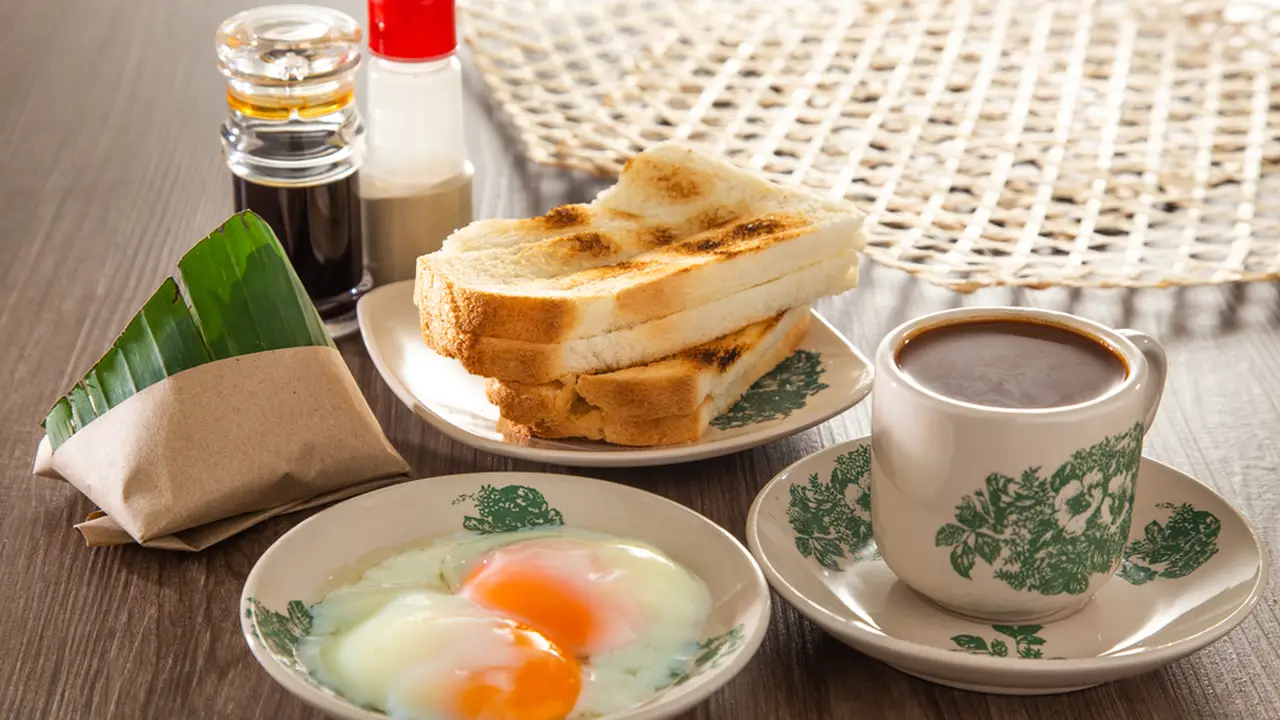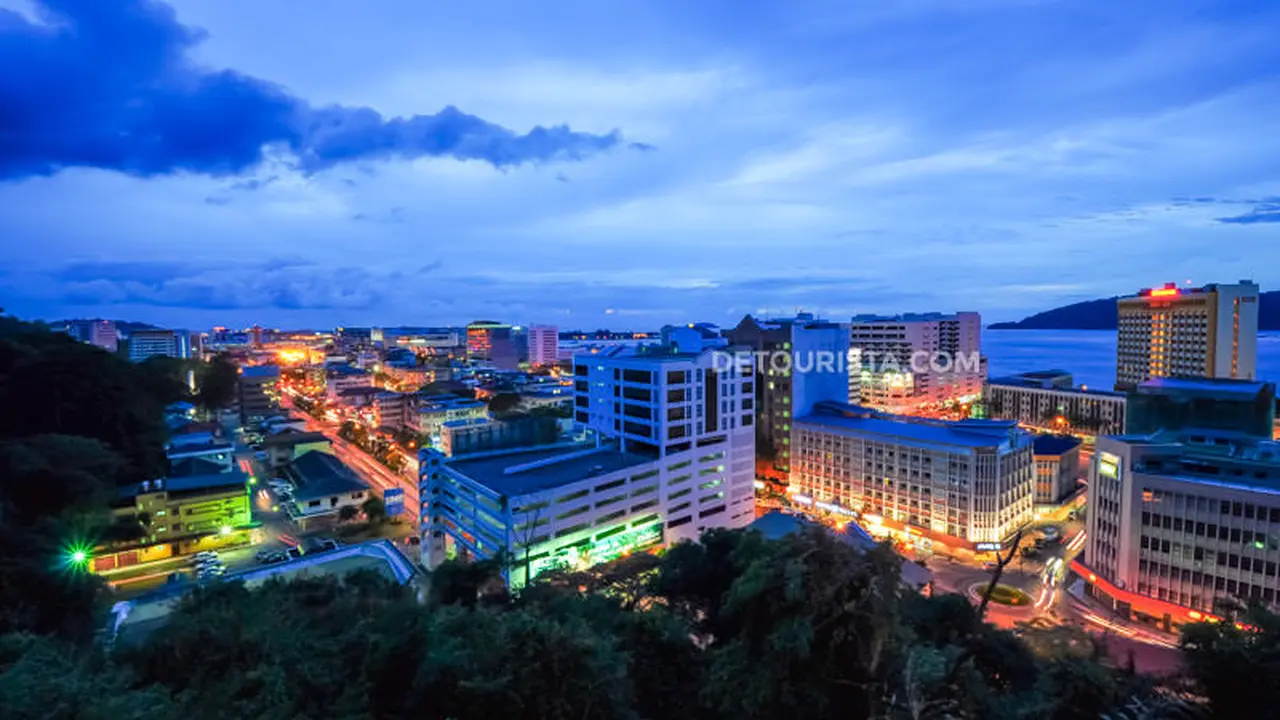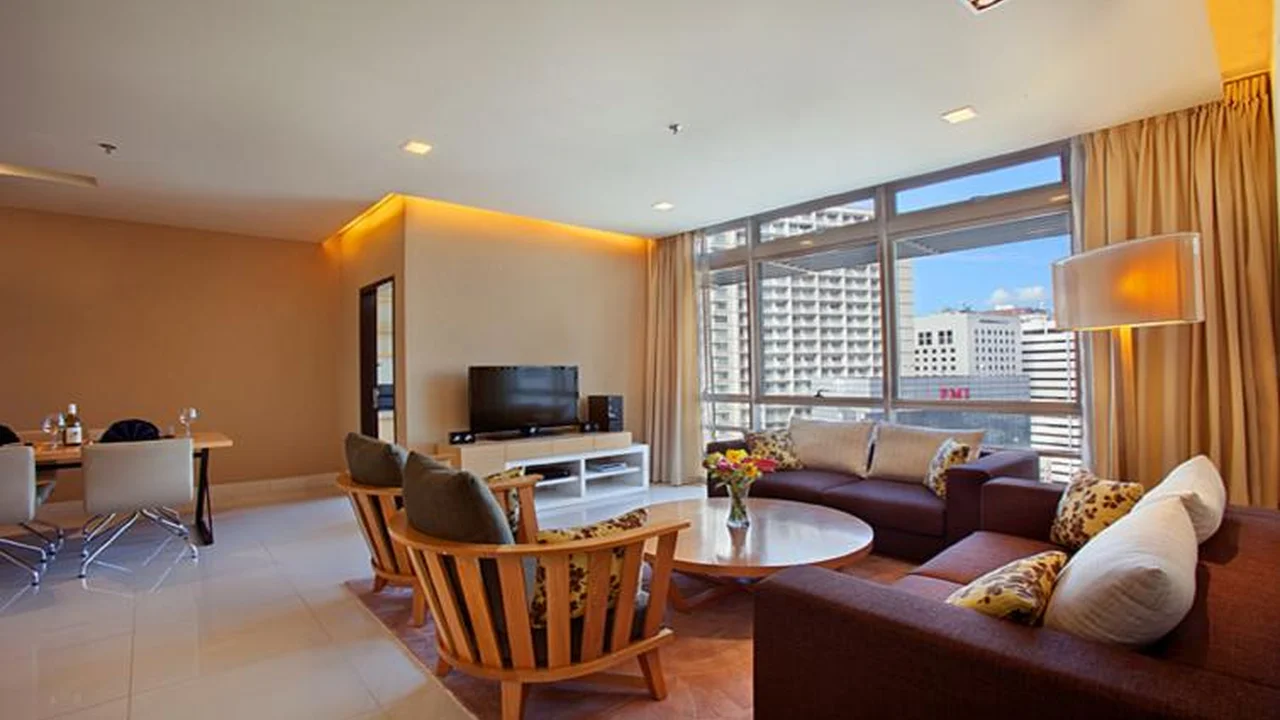Malaysian Coffee Culture: From Kopitiam to Specialty Cafes

The Kopitiam Coffee Heritage Malaysian Coffee Culture
Okay, let's dive into the heart of Malaysian coffee culture, starting with the legendary Kopitiam. These traditional coffee shops are way more than just places to grab a caffeine fix. They're social hubs, meeting points, and a slice of Malaysian history all rolled into one. Think worn-out marble tables, Hainanese-style coffee brewed in a sock, and the constant chatter of locals catching up on the day's gossip. It's an experience, not just a beverage!
Kopitiams have been around for ages, brought over by Hainanese immigrants. They adapted to local tastes, creating unique brewing methods and serving up seriously addictive coffee. The coffee beans are typically roasted with margarine, sugar, and sometimes even sesame seeds, giving them a distinctively dark, caramelized flavor. The brewing process is just as important. The coffee grounds are placed in a long cloth sock filter, and hot water is poured through multiple times to extract every last bit of flavor.
And the coffee itself? It's strong, sweet, and served in various forms. You've got your Kopi-O (black coffee with sugar), Kopi (coffee with condensed milk), Kopi-C (coffee with evaporated milk and sugar), and Kopi-Peng (iced coffee). Each one is a little different, and each one is equally satisfying. It's the kind of coffee that sticks to your ribs and gets you ready for whatever the day throws your way.
But Kopitiams aren't just about the coffee. They're about the atmosphere. They're about the friendly banter with the uncle at the counter, the smell of kaya toast wafting through the air, and the feeling of being part of something bigger. It's a genuine Malaysian experience that every visitor (and local!) should embrace.
The Rise of Specialty Cafes Exploring Malaysian Coffee Culture
Now, let's fast forward to the present day and explore the rise of specialty cafes in Malaysia. These aren't your grandma's Kopitiams. They're sleek, modern, and focused on showcasing the nuances of single-origin beans and artisanal brewing methods. We're talking latte art, pour-overs, and baristas who know everything about the coffee bean's journey from farm to cup.
This trend has been gaining momentum in recent years, driven by a growing appreciation for quality coffee and a desire for unique experiences. These cafes often source their beans directly from local farmers or import them from around the world, offering a diverse range of flavors and profiles. They're also dedicated to educating customers about coffee, hosting workshops, and sharing their passion for the craft.
What sets these cafes apart? It's all about the details. They use state-of-the-art equipment, carefully control the water temperature and brewing time, and pay close attention to every step of the process. The result is a cup of coffee that's complex, balanced, and bursting with flavor. It's a far cry from the sweet, strong coffee you'd find in a Kopitiam, but it's just as satisfying in its own way.
Plus, these cafes offer a different kind of social experience. They're often designed as co-working spaces or places to relax and unwind, with comfortable seating, Wi-Fi, and a curated selection of music. It's a place to connect with friends, get some work done, or simply enjoy a moment of peace and quiet.
Kopitiam vs Specialty Cafes A Malaysian Coffee Culture Comparison
So, Kopitiam or specialty cafe? Which one is better? Well, that depends on what you're looking for. They both offer unique experiences and cater to different tastes. Let's break it down:
* **Kopitiam:** Traditional, affordable, strong and sweet coffee, social atmosphere, local experience. Great for a quick caffeine fix and a taste of Malaysian culture. * **Specialty Cafe:** Modern, more expensive, nuanced flavors, artisanal brewing methods, focused on quality and education. Great for coffee connoisseurs and those seeking a more refined experience.Ultimately, there's room for both in the Malaysian coffee scene. They represent different aspects of the country's coffee culture, and they both have their own unique appeal. Whether you're craving a classic Kopi-O or a perfectly brewed pour-over, Malaysia has something to offer every coffee lover.
Malaysian Coffee Products Recommendations and Usage Scenarios
Alright, let's get down to the nitty-gritty and talk about some specific Malaysian coffee products you should try. From instant coffee to locally roasted beans, there's a whole world of options to explore. I'll also give you some usage scenarios and compare different products to help you make the right choice.
Instant Coffee Convenience and Affordability in Malaysian Coffee Culture
Let's start with instant coffee. Now, I know what you're thinking: instant coffee isn't "real" coffee. But hear me out! In Malaysia, instant coffee is a staple. It's convenient, affordable, and readily available everywhere. Plus, some brands have really stepped up their game in recent years.
* **Nestlé Nescafé Classic:** A classic for a reason. It's widely available and offers a decent caffeine kick. Perfect for a quick morning boost or a late-night study session. Price: Around RM15 for a 170g jar. * **OldTown White Coffee:** This brand has become incredibly popular for its smooth, creamy flavor. It's a bit sweeter than traditional instant coffee, but it's definitely worth a try. They come in individual sachets, making them super convenient for travel or work. Price: Around RM18 for a pack of 15 sachets. * **Aik Cheong Coffee:** This brand offers a range of instant coffee mixes, including white coffee, cappuccino, and latte. They're known for their rich flavors and creamy texture. Price: Around RM20 for a pack of 12 sachets.**Usage Scenarios:**
* **Busy mornings:** When you don't have time to brew a pot of coffee, instant coffee is a lifesaver. * **Travel:** Pack a few sachets in your suitcase for a quick caffeine fix on the go. * **Office:** Keep a jar of instant coffee at your desk for a convenient afternoon pick-me-up.**Comparison:** Nescafé Classic is the most affordable and widely available option. OldTown White Coffee offers a smoother, creamier flavor. Aik Cheong Coffee provides a wider range of flavors and options.
Locally Roasted Coffee Beans Supporting Malaysian Coffee Culture
Now, let's move on to the good stuff: locally roasted coffee beans. Malaysia has a growing number of specialty coffee roasters who are passionate about sourcing high-quality beans and crafting unique flavor profiles. Supporting these local businesses is a great way to experience the best of Malaysian coffee culture.
* **Common Man Coffee Roasters:** This Singaporean brand has a popular cafe in Kuala Lumpur and offers a range of single-origin beans and blends. Their coffee is known for its complex flavors and balanced acidity. Price: Around RM60-80 per 250g bag. * **Pulp Coffee:** This local roaster focuses on sourcing beans from Southeast Asia and Africa. They offer a variety of roasts, from light and fruity to dark and chocolatey. Price: Around RM45-65 per 250g bag. * **VCR:** This popular cafe also roasts their own beans, offering a range of blends and single-origin options. Their coffee is known for its smooth, well-balanced flavor. Price: Around RM50-70 per 250g bag.**Usage Scenarios:**
* **Weekend mornings:** Take your time and brew a perfect cup of coffee using your favorite brewing method. * **Special occasions:** Impress your guests with a high-quality cup of coffee. * **Gifting:** A bag of locally roasted coffee beans makes a thoughtful gift for any coffee lover.**Comparison:** Common Man Coffee Roasters offers a more premium experience with a wider range of single-origin beans. Pulp Coffee focuses on Southeast Asian and African beans. VCR offers a good balance of quality and affordability.
Coffee Brewing Equipment Enhancing Malaysian Coffee Culture
To truly appreciate the nuances of specialty coffee, you'll need the right brewing equipment. Here are a few options to consider:
* **French Press:** A simple and affordable way to brew a full-bodied cup of coffee. Price: Around RM50-150. * **Pour-Over:** A manual brewing method that allows you to control every aspect of the brewing process. Price: Around RM30-100 (for the dripper and filters). * **Aeropress:** A versatile and portable brewing device that produces a smooth, concentrated cup of coffee. Price: Around RM150-200.**Usage Scenarios:**
* **French Press:** Ideal for brewing larger batches of coffee for a group. * **Pour-Over:** Perfect for experimenting with different brewing techniques and extracting the maximum flavor from your beans. * **Aeropress:** Great for travel or for brewing a quick and easy cup of coffee at home.Malaysian Coffee Culture Price Points and Accessibility
Price is always a factor, right? So, let's talk about the cost of enjoying Malaysian coffee. As you've probably gathered, there's a wide range of price points, depending on what you're looking for. A Kopi-O at a local Kopitiam might cost you RM2-3, while a specialty latte at a trendy cafe could set you back RM12-15. It really depends on your budget and your preferences.
Accessibility is also key. Kopitiams are everywhere, from bustling city centers to sleepy rural towns. You'll find them on almost every street corner. Specialty cafes are more concentrated in urban areas, particularly in Kuala Lumpur, Penang, and Johor Bahru. But they're becoming increasingly common, so you shouldn't have too much trouble finding one near you.
And of course, you can always brew your own coffee at home. Instant coffee is the most affordable option, while locally roasted beans will require a bit more investment. But the satisfaction of brewing a perfect cup of coffee in your own kitchen is definitely worth it!
:max_bytes(150000):strip_icc()/277019-baked-pork-chops-with-cream-of-mushroom-soup-DDMFS-beauty-4x3-BG-7505-5762b731cf30447d9cbbbbbf387beafa.jpg)






